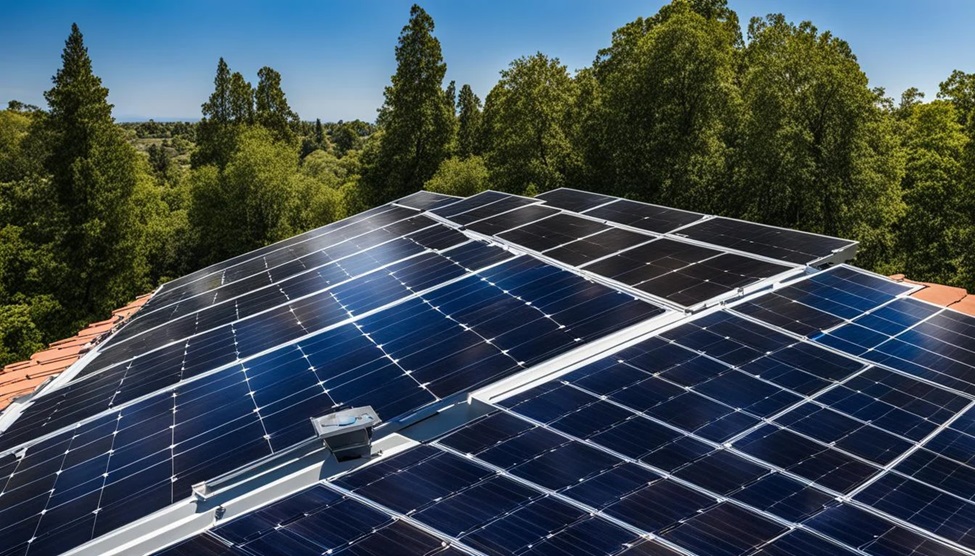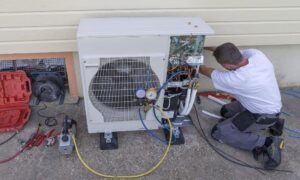
Electricity rates can be complicated, especially for businesses. This guide will help you understand SCE (Southern California Edison) electricity rates and explore ways to optimize energy solutions for your commercial needs. By doing this, you can save money and improve efficiency.
SCE Electricity Rates
SCE electricity rates are the prices you pay for electricity from Southern California Edison. These rates vary based on several factors. Understanding them is crucial for managing your energy costs effectively.
Rate Plans:
SCE offers different rate plans, including residential and commercial options. For businesses, the most common plans include Time-of-Use (TOU) rates. With TOU rates, the cost of electricity changes depending on the time of day. Electricity is more expensive during peak hours and cheaper during off-peak times. Knowing when to use electricity can significantly impact your bill.
Demand Charges:
In addition to usage rates, SCE may charge demand fees. These fees apply when your business uses a lot of power at once. For example, if many machines run simultaneously, it can increase your demand charge. Keeping track of peak usage times can help you avoid high demand charges.
Energy Efficiency Programs:
SCE provides various programs to help businesses save energy. These programs can offer incentives for upgrading equipment to more energy-efficient models. Participating in these programs can lead to lower bills and support sustainability efforts.
Seasonal Variations:
Electricity rates can also change with the seasons. In summer, rates may rise due to higher demand for cooling. Understanding seasonal patterns can help you plan your energy usage better.
Bill Structure:
Your SCE bill will include several components: the energy you used, demand charges, and taxes. Review your bill regularly to understand where your money is going. Knowing how each part contributes to your total cost can help you make informed decisions.
Commercial Energy Solutions
Finding the right Commercial Energy Solutions can help optimize your electricity use and reduce costs. Here are some strategies to consider:
Energy Audits:
Start with an energy audit. This process identifies where your business can save energy. An audit examines your current usage, equipment, and systems. The insights gained can guide you toward specific improvements.
Smart Technology:
Invest in smart technology. Smart meters and energy management systems can monitor energy usage in real-time. These tools help identify patterns and suggest changes to reduce costs.
Renewable Energy:
Consider renewable energy options like solar power. Installing solar panels can significantly lower your electricity costs over time. Many businesses find that the initial investment pays off through lower bills and incentives.
Load Shifting:
Load shifting involves changing your energy use to off-peak times. For example, you might schedule heavy machinery to run at night when rates are lower. This practice can lead to substantial savings.
Employee Training:
Educate your staff about energy conservation. Simple actions like turning off lights and equipment when not in use can make a big difference. Engaging employees in energy-saving efforts fosters a culture of sustainability.
Conclusion
Understanding SCE electricity rates is essential for businesses aiming to reduce costs. By taking advantage of available commercial energy solutions, you can optimize your electricity use, save money, and contribute to a greener future.
Start by analyzing your current rates, exploring energy-efficient options, and involving your team in energy-saving initiatives. With the right strategies, your business can thrive while minimizing energy costs.








